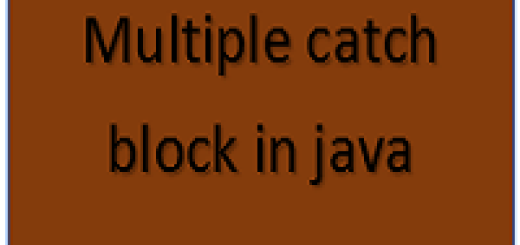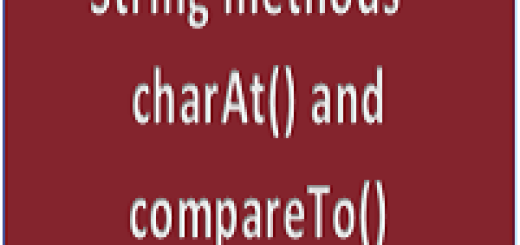Throw and Throws keywords in java
In the previous post, we have seen the usage of multiple catch blocks in java. In this post, we will learn about the throw and throws keyword.
If asked about the difference between them, one should not say singular and plural.Well, this was on a lighter note.
In java, these are the keywords which got different jobs to do.
Let’s understand them one by one with examples.
Throw keyword in java:
The throw keyword is used to throw an exception explicitly that means we can throw a custom exception using this keyword. It is possible to throw either checked or unchecked exception with throw keyword.
Let’s understand with an example.
public class ThrowEx {
public static void main(String[] args) {
String name ="";
getName(name);
}
static void getName(String name){
if(name.equals("Shekhar")){
System.out.println("Shekhar");
}else{
throw new NullPointerException("Name seems to be blank");
}
}
}
In the above example, if name is blank then we are throwing exception explicitly.
Throws Keyword in java:
As we have seen before , there are mainly 2 kind of exceptions which are checked and unchecked exceptions. Checked exceptions occur at compile time that means programmer has to handle these exception ,otherwise program will not be compiled.
Unchecked exceptions occur at run time that means these will not be checked at compile time.
So for handling compile time error, we use throws keyword. This keyword is used in method signature and multiple exceptions can be declared with this.
Syntax of throws keyword:
public static void readFile() throws IOException, ClassNotFoundException{
We have declared IOException and ClassNotFoundException in method signature using Throws keyword.
Let’s understand with an example.
Suppose, we are reading a file. For handling file it has added IOException in method signautre.We have also added ClassNotFoundException , just to show that it handles multiple exceptions.
public class ThrowEx {
public static void main(String[] args) throws ClassNotFoundException, IOException {
readFile();
}
public static void readFile() throws IOException, ClassNotFoundException{
int i=0;
if(i>1)
throw new IOException("This will throw IO exception");
else
throw new ClassNotFoundException("This will throw classnotfound exception");
}
}
We can say that it can be considered as alternative of try-catch block.
As you can observe, we have called a method readFile which is handling IOException and classnotFound exception using Throws keyword. The point to note is that the calling method will also be forced to declare the same exceptions (In this case main method).



1 Response
[…] the previous post ,we have seen the difference between throw and throws keywords. In this post, we will see the difference between final, finally and finalize […]